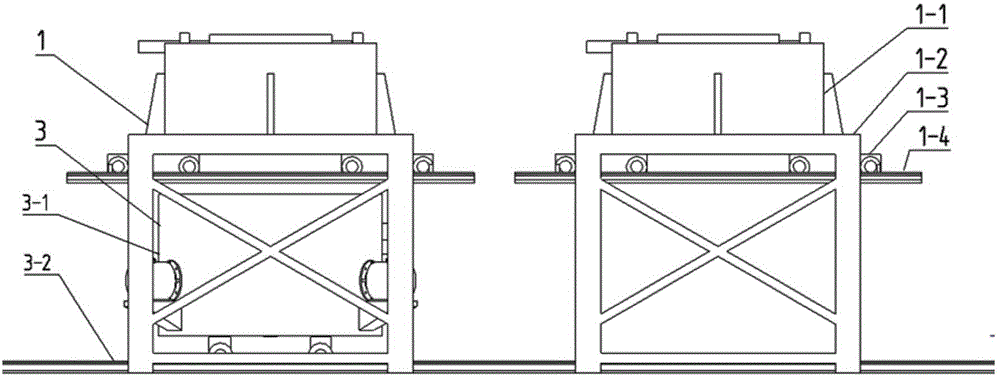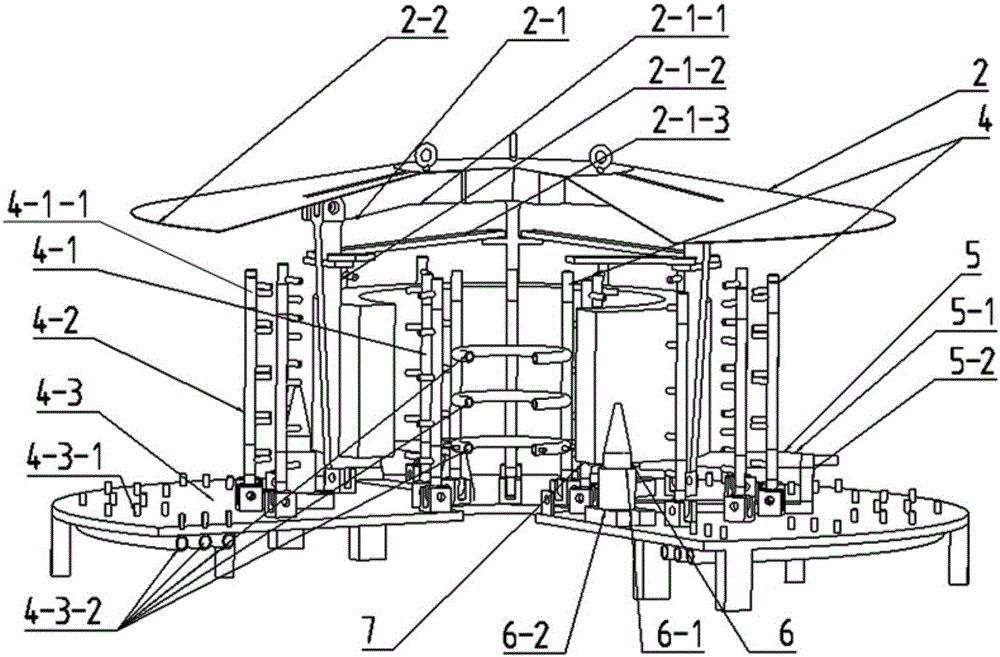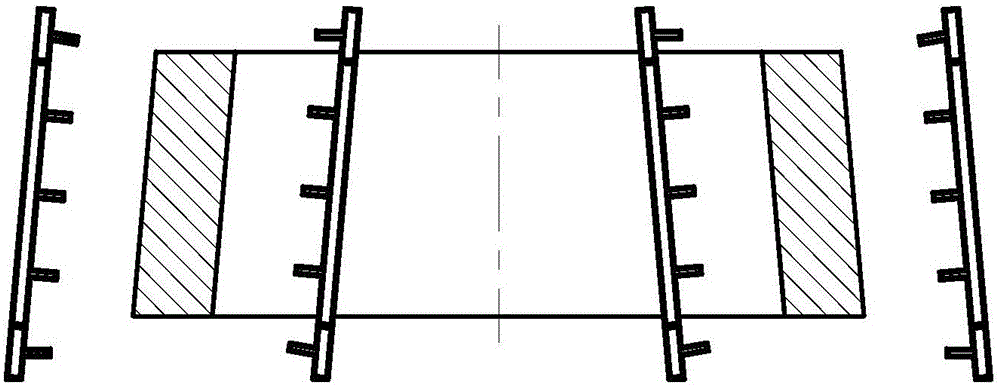The current quenching of cylindrical parts mainly has the following problems: the immersion
cooling rate is limited, the adjustment is difficult, it is difficult to adapt to the different requirements of the
cooling rate of different thickness cylindrical parts, and it is difficult to implement a step-by-step quenching process to balance the
residual stress and performance; Parts enter the water sequentially, which makes the
cooling rate of different parts of the cylindrical part inconsistent, which easily leads to uneven performance and uncoordinated deformation of the component. The
impact is particularly obvious for components with larger dimensions in the direction of immersion into the water; for smaller cone-shaped cylindrical parts, Its shape features increase the difference in temperature and flow characteristics of the quenching medium inside and outside the cylindrical part, and the upper and lower quenching medium, resulting in more obvious differences in the
cooling capacity of the quenching medium in contact with different parts of the cylindrical part, aggravating the inhomogeneity of cooling and increasing the
temperature gradient; For cylindrical parts with uneven axial thickness, the non-uniform thickness increases the difference in cooling rate of the cylindrical part in the axial direction, the
temperature gradient increases, and the axial height performance and
residual stress change greatly; high
temperature gradient and uneven Cooling can easily lead to large
residual stress of cylindrical parts, and uneven distribution of performance and residual stress; in particular, when the
solid solution
heating furnace and water tank are arranged horizontally, the quenching transfer time of cylindrical parts is often longer, and aluminum alloys usually require
Quenching transfer time is less than 10 seconds
The scheme partially solves the defects of the traditional quenching method for aluminum alloy cylindrical parts, but there are still the following deficiencies: the
heating furnace and the quenching furnace are arranged horizontally, occupying a large area, and the transfer path is long, and additional equipment is required to transfer the cylindrical parts from The heating zone is transferred to the spray quenching zone, and then the furnace door is closed. The transfer time is long and the
repeatability is poor; the axial height of common
aerospace aluminum alloy cylindrical parts is much greater than the section thickness. The
cooling medium is sprayed on the end face and side of the cylindrical part from the upper and lower directions, which makes it difficult to meet the cooling intensity of the side and ensure the uniformity of quenching of the components.
The scheme partially solves the defects of the traditional quenching method for aluminum alloy cylindrical parts, but there are still the following deficiencies: the quenching zone is on the top and the heating zone is on the bottom structure, which makes the
heating furnace easy to generate heat, heat preservation and heat preservation when the equipment leaks water in the quenching zone. The electrical material is damaged, which increases the use risk and maintenance cost of the equipment; it is inconvenient to feed and
discharge materials, and it is necessary to use tools such as driving or cranes to operate from the top of the equipment, which is cumbersome and inefficient; one heating furnace can only correspond to one spray The quenching device is difficult to meet the work efficiency requirements of industrial
mass production; when quenching, the components are transferred from the heating furnace to the quenching rotary system, the furnace door needs to be opened, the components are raised and transferred, the ejector system is lowered, and the furnace door is closed, etc. In the process, there are many procedures and complex operations, which can easily lead to long quenching transfer time; by adjusting the opening of the legs of the workpiece quenching
support system to meet the quenching requirements of workpieces of different sizes, the adaptability to the shape of the workpiece is poor, and the For components with large differences in design dimensions, it is necessary to redo the sprinkler pipeline and support structure, and the cost is too high
The scheme partly explains the defects of the traditional quenching method of aluminum alloy tubular parts, but there are still the following deficiencies: the scheme only proposes some new ideas in quenching, and the relative position of the heating furnace and the quenching furnace is not mentioned. And, according to its literature, when quenching, the workpiece needs to be placed on the quenching equipment by the lifting tool first, and then the spraying is turned on. It can be inferred that the heating furnace and the quenching furnace should be arranged horizontally, occupying a large area and The transfer path is long, and additional equipment is required to transfer the cylindrical parts from the heating zone to the spray quenching zone. There are many
handover links, which will easily lead to long transfer time and poor
repeatability; by designing a series of profiling and replaceable internal
water spray systems and Support pad iron to meet the quenching requirements of different shapes of forgings, which increases the equipment manufacturing cost; the spray system rotates with the help of the reaction force generated by the spray process. If the spray reaction force is too small, the rotation speed is too small or the rotation stops, which reduces the cooling uniformity of the
forging; the quenching medium of the spray pipeline is directly provided by two large
liquid storage tanks, and the spray pressure and flow can be adjusted by adjusting the number of water pumps , because of the
liquid storage tank in the middle, it is easy to cause the spray
lag time in the initial stage and the small spray flow stage to be too long, and at the same time make the response speed of the spray pressure and flow change too slow, thereby prolonging the quenching transfer time of the components, which is difficult Satisfy the requirements of step-by-step quenching process of components
 Login to View More
Login to View More  Login to View More
Login to View More 


